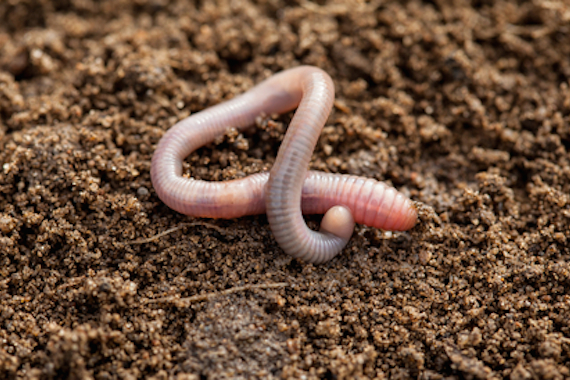According to the Food and Agriculture Organisation, mycotoxins contaminate at least 25% of crops around the world. Common in Africa and other warm and humid regions of the world, the contamination of foods by harmful mycotoxins not only has a significant economic effect but can also cause serious health problems from acute poisoning to long-term conditions such as cancer and immune deficiency. Mycotoxins are chemical products generated by fungi that can easily grow on stored grain crops, and some of the most common types found in African foodstuffs such as maize are aflatoxins, levels of which can drastically increase in inadequate storage conditions. While advanced sorting technology can help to detect products contaminated with mycotoxins during processing, recent studies on the effects of water and light on mycotoxin formation could help to minimize growth when grains and other food products are first in storage.
Reducing Moisture to Inhibit Formation of Molds
Any type of water ingress can damage the structure of a storage unit and, if left untreated, can go on to seriously affect the foodstuffs inside. Even small amounts of moisture could result in dangerous molds growing on wet products and these can pose a risk to health both to farmers in the building and, if they produce aflatoxins, when the products are consumed. This is because aflatoxins and other mycotoxins are highly poisonous whether they are eaten, inhaled or even absorbed through the skin. If post-harvest storage facilities are inadequate, levels of aflatoxin can increase in volume several fold, contaminating the grain and making it unfit for consumption. To address this issue, guidance for farmers includes using strong water-proof structures to prevent water ingress and keeping them well-ventilated to prevent the build up of moisture inside the building. In addition, they are advised to swap traditional jute sacks for rubber-lined hermetic bags as these can be sealed to make them airtight, preventing any moisture from reaching the grain stored inside.
Using Light to Inhibit Growth of Mycotoxins
While it is important to keep water away from stored grain products, increasing their exposure to different light sources could help to keep them safe. Studies have shown that the use of fluorescent and short and long UV light is an effective way to inhibit growth of fungi and mycotoxins in wheat grains, thus avoiding their highly toxic effects. While there are variations in the way that different fungi respond to the range of light sources under different humidities, all are inhibited to some extent. One study of four highly toxic fungi even saw the complete eradication of some mycotoxins under certain conditions. As an accessible solution for any farmer in Africa, simply drying contaminated maize in sunlight before or after storage has been shown to destroy almost all aflatoxins.
As mycotoxins have such a significant impact on human health, preventing their growth on maize and other stored foodstuffs is vital. By keeping grains in watertight storage facilities to stop mold forming and using light to inhibit their growth, the hazardous effects of mycotoxins can be minimized.









